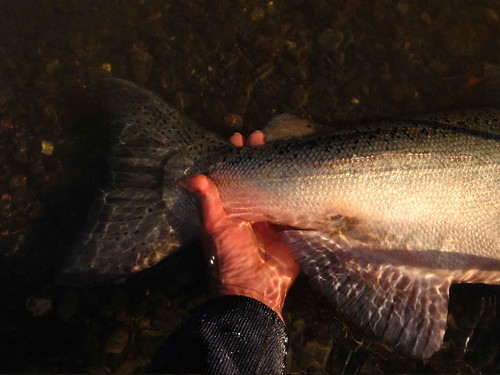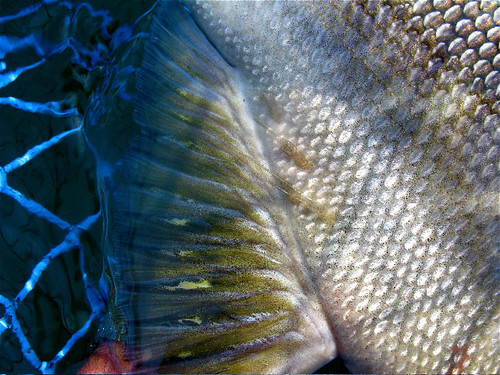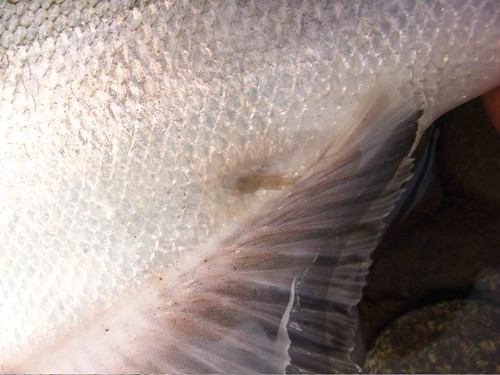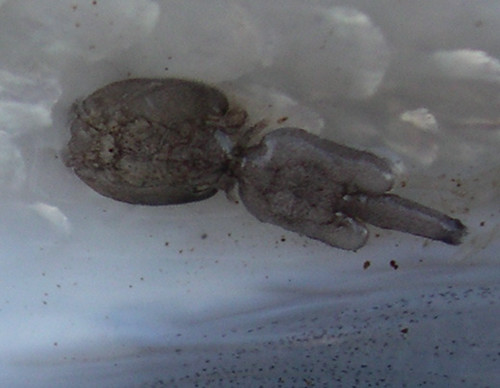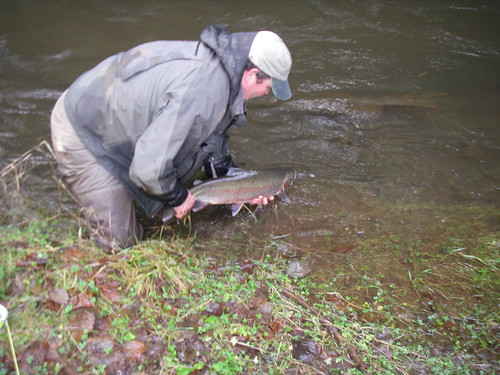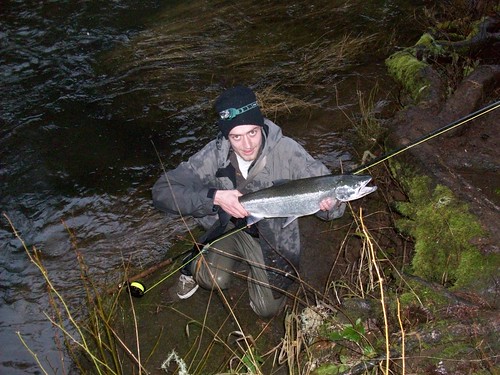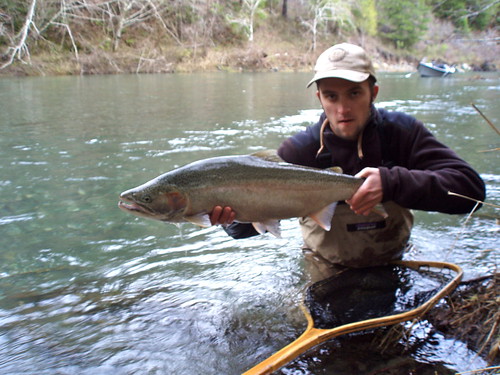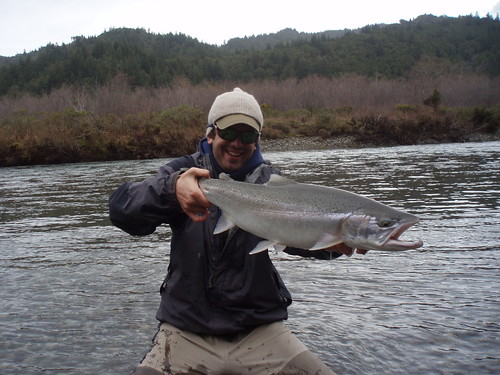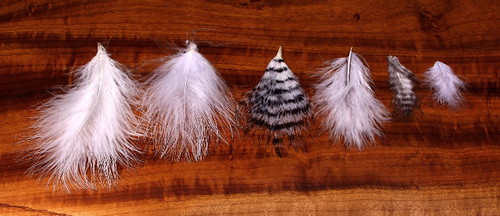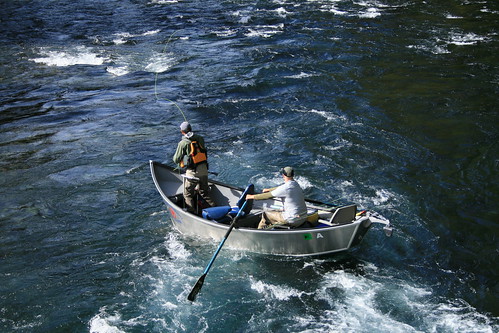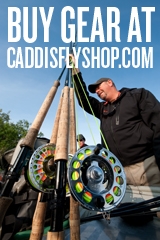Sea Lice are a parasitic copepod, and when we see these on our salmon, steelhead or cutthroat we consider these an indication that they have not been in the river (out of the ocean) very long.
Funny thing, though, I really didn’t know much about how long these critters could hang onto a fish, so I decided to report my field observations and do a little research to see what I could learn.
First – my field observations. This calls for four photographs to accompany descriptions.
I usually see these critters at the base of the anal fin. I have seen them almost everywhere on salmon fresh from the ocean, on the top of the head, on the back aft of the dorsal fin, and behind the adipose fin.
It is common (but not universal) to see dark patches at the base of the anal fin: these result from erosion of the scales and skin where the copepods have been clinging to the salmon. Sea lice associated with salmon farms (net pens) are thought capable of inflicting disastrous impacts on wild salmon in BC and Norway.
Photo 1 shows dark patches associated with the rasping of sea lice on an Elk River Chinook.
The truest sign of fresh-from-saltwater sea lice is the presence of very long tails. These long tails drop-off pretty soon after the fish hits freshwater, maybe only a day or a few days at best. I don’t really know. I do know that this copepod makes a transition from being very translucent with very long tails, first looses its long filament tails, gradually becomes an opaque grey and eventually becomes dark brown.
Photo 2 shows the longest freshest tails I have ever seen on sea lice, these on a chum salmon fresh in on the morning’s tide.
Photo 3 shows a still-translucent copepod on a chrome Elk River Chinook – note that the long tails have dropped off already. This fish was about 8 miles from the ocean and had been in freshwater at least a week. Note also that this fish did not have the dark erosion scars sometimes associated with sea lice.
Photo 4 shows a rapidly graying, tails-long-gone copepod on a winter steelhead caught near Siletz.
I found an interesting Internet site with sea lice factoids, although much of the information presented here is focused on treatment of net-penned (farmed) salmon.
This site states that sea lice can survive on salmon for up to 21 days in freshwater and that sea lice-bearing salmon have been observed about 30 miles from the ocean.
So here’s a question for all you blog-readers: how far upstream from salt water have you caught fish with sea lice in varying conditions – here in Oregon or elsewhere? I’d appreciate your stories and observations.
Thanks.

